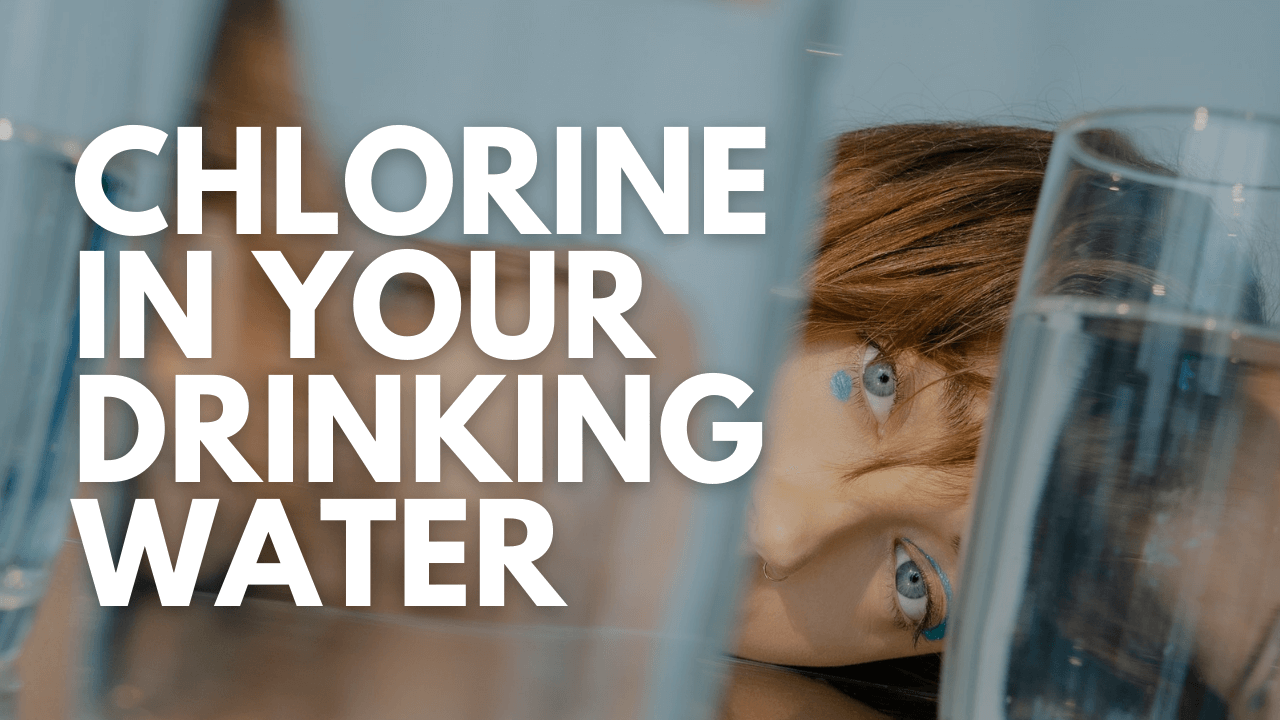Chlorine has been used to disinfect drinking water for well over 100 years!
According to the CDC, chlorine was first introduced as a water purification method in 1908 and helped against common waterborne illnesses. It wasn’t long before the world adopted this as the standard practice for water purification alongside other methods such as desalination.
How Much Is Too Much Chlorine in Drinking Water?

According to Australian Drinking Water Guidelines, chlorine concentration of water must not exceed 5 mg/Litre.
Most tap water suppliers across Australia state that their normal chlorine concentration values range between 0.5 and 1mg per litre, which is much lower than the 4-8mg/L value recommended by the World Health Organisation on safe levels for consumption (such as "Disinfectant Interactions" published in 1999).
When it comes to deciding how much is too much, the call is completely up to you and how much risk you’re willing to accept.
How Much Do You Say is Too Much?

Although your body may be able to handle small amounts of toxins, it still has the job of detoxing it after chemicals such as chlorine and fluoride are consumed. If the body can’t detox it, you’re left with accumulated toxins in your body over time which often leads to illness.
Chlorine Drinking Water Stinks and Tastes Bad
It’s hard to forget the smell of chlorine. If you swam a lot in swimming pools when you were younger, you may even be able to recall the taste and smell immediately.
Yuck!
Even at 0.2 mg/litre concentration, you can smell the odour of chlorine. If you can smell it, you can also probably taste it.
Again, what are you willing to put up with in your drinking water?
Everybody deserves the best, cleanest water for drinking - it’s a basic human need.
Are There Risks?
YES! Without a doubt.

There are certainly risks to consuming chlorine, and many of them aren’t as obvious as you might think.
Chlorine is a great way to kill harmful microbes in our drinking water, but it also kills off healthy and necessary gut flora. Chlorinated tap water can contribute to an unhealthy digestive system because of this effect on the body’s natural homeostasis (balance).
Are You Passionate About Your Health?

You may want to try filtering out chlorine before you consume your drinking water.
More importantly, you may want to filter out the chlorine in your shower water.
Most people are surprised to find out that you can absorb more chlorine through your skin, than you would normally through drinking water.
Drinking highly concentrated sources of chlorine can be deadly and chlorine gas is very risky to inhale. Remember that time you opened the dishwasher mid-wash for a teaspoon? Yep, you most likely absorbed some of that “delicious” chlorine gas!
For this reason, many people are concerned that chlorinated water found in swimming pools or tap water may have harmful consequences on their health and many health professionals say it destroys the mitochondria in the body which can eventually lead to cancer as the cells die.
Click here to read more about chlorine or continue below to find the solution to it.
How To Remove Chlorine From Drinking Water

There are very simple solutions to treating chlorine in your drinking supply and none of them will break the bank.
Choose between an under sink water filter or a whole house water filter, depending on your needs. Our Ultrapure Benchtop and Undersink Water Filter range is the most popular option for Australian’s. A Reverse Osmosis system will also do the job - but could be far more than you need just for chlorine.
If you are only renting, a Benchtop Water Filter or a Benchtop Gravity system will do the job perfectly.
Discover which filter is best suited for you, and contact us if you have any questions.








